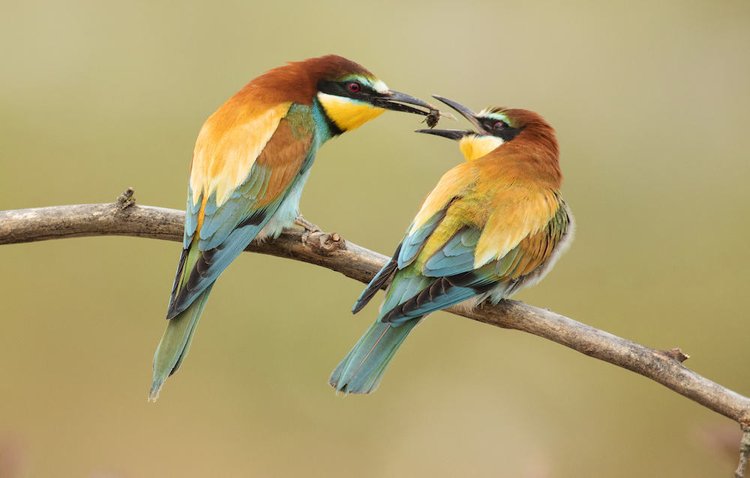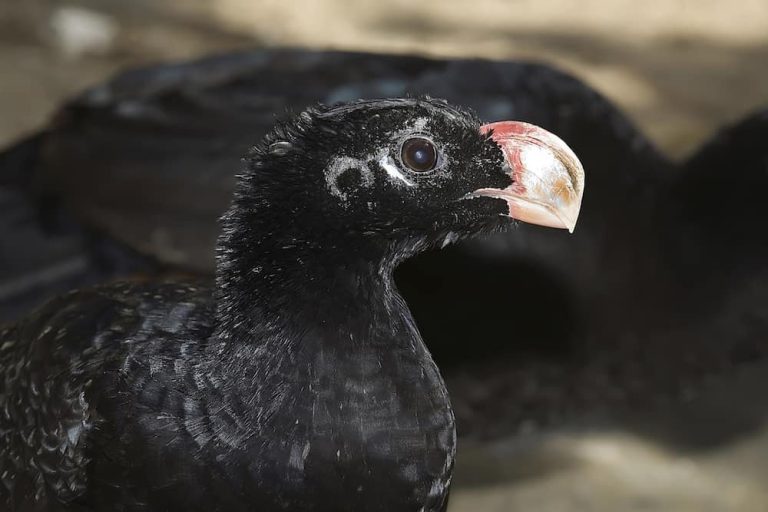Best Birding Equipment: The Ultimate Birding Gear Guide
Last Updated on November 30, 2025 by Amylee Silva
As an avid birdwatcher, the importance of having reliable and effective equipment cannot be overstated. With countless species waiting to be discovered and observed, having the right gear can mean the difference between a rewarding experience and a missed opportunity.
In this comprehensive guide, we delve deep into the essential birding equipment that will enhance your birdwatching pursuits, ensuring you’re well-prepared for every avian encounter.
From optics and field guides to clothing and accessories, we’ll uncover the very best birding equipment for 2023 that can transform any bird watcher’s experience from amateur to pro.
Binoculars

For bird watchers, binoculars are essential equipment. They enable you to see birds from a distance in sharp detail. This helps you identify and observe various species in a more precise manner.
Several factors determine the performance of binoculars for birding. They include:
Magnification Level:
Higher magnification allows you to see birds at greater distances but with a narrower field of view. Magnification around 8x to 10x is suitable for general birding, while 10x to 12x helps view small birds from far away.
Objective Lens Diameter:
The diameter of the objective (front) lenses determine how much light the binoculars can gather. Larger objective lenses provide a brighter and higher contrast image. 50mm to 56mm objective lenses are suitable for average birding, while more demanding birders prefer 60mm to 70mm lenses.
Prism Type:
Roof and porro prisms are the two main prism types. Roof prisms provide a compact design and straight-through optical path but are typically more expensive. Porro prisms are bulkier and have an offset optical path but tend to be less expensive.
Lens Coatings:
Multi-coated lenses reduce reflections and improve light transmission, resulting in a brighter and sharper image. Fully coated lenses are usually preferred for birding.
Some top binoculars for birding include the following:
Nikon Monarch M5 10×42
Vortex Optics Viper HD 10×42
Vortex Diamondback HD 10×42
Pentax Papilio II 8.5×21
They vary in weight, build quality, optical clarity and coatings, waterproofing, and price. Consider your budget and intended usage to determine the best option.
To get the most from your binoculars, stabilize them on a solid tripod or binocular harness for steady viewing. Clean lens surfaces regularly using lens tissue and a special lens cleaner solution.Store binoculars in a protective case in a dust-free environment to prolong their lifespan.
With proper care, a high-quality pair of binoculars will serve you well for many years as a tremendous bird-watching gear.

Cameras and Digiscoping
Cameras play an important role in birding, allowing you to document and admire birds in captivating photographs.
From simple point-and-shoot cameras to advanced DSLRs, a birding camera opens up a world of possibilities to showcase birds’ intricate beauty and behaviors.
Digiscoping using a spotting scope and a camera is a highly effective bird photography technique. It allows you to take photos of your favorite bird from a distance—like lingering warbler (perching birds)—that would otherwise be impossible to capture.

Clothing and Accessories
Clothing and the right accessories are arguably the most underrated birding equipment. The appropriate attire will make or break your birding trips (and sanity).
CLOTHING
- Begin with a comfortable pair of pants for trekking through fields, forests, and wetlands. Opt for lightweight, quick-drying, breathable fabrics like nylon or stretch cotton. Pants with many pockets are best for storing accessories while on the go.
- Wearing layers makes it easy to adjust as temperatures and activity levels change. Start with a base layer, add a mid-layer for insulation, and top it off with a water and wind-resistant outer layer.
- For your upper body, wear breathable shirts made from performance fabrics. Fleece or wool sweaters make ideal insulating mid-layers.
- A rain jacket and windbreaker are useful outerwear options for protection against the elements.
- A wide-brimmed hat helps keep the sun and rain off your face while improving visibility.
- Polarized sunglasses to reduce glare and see birds more clearly.
- Comfortable, ideally waterproof hiking boots with lots of ankle support will help you navigate uneven terrain.
- Don’t forget leggings, gaiters, or rain pants for added protection when conditions are wet or muddy. Lightweight neoprene waders can be incredibly useful in marshy areas.
ACCESSORIES
- Carry useful accessories like insect repellent, chemical-free sunscreen, chapstick, moisture-wicking gloves, and handkerchiefs.
- A telescoping pointer or laser pointer is beneficial when showing birds to others.
- Binocular and camera neck straps improve comfort and prevent equipment from getting dropped.
- Many birders prefer a backpack or vest to maintain balance and spread the weight of gear throughout their body. Compartments and pockets help keep tools organized and easily accessible.
An adequate system of clothing and accessories will make birding more enjoyable and help ensure a successful birding expedition.

Field Guides and Apps
Field guides and birding apps are a must for any birder. The ability to correctly identify various bird species is fundamental to bird watching.
Field guides provide invaluable graphical references to help discern the nuances between similar species. Popular field guides include:
- The National Geographic Field Guide to the Birds of North America
- Sibley Guide to Birds
- Peterson Field Guides
These books provide thousands of color illustrations and detailed descriptions of the size, shape, habitat, and behavior of birds. With so many North American birds, having a comprehensive field guide is essential while in the field.
However, traditional field guides are now supplemented by digital birding apps offering even more significant benefits. Popular apps like Merlin Bird ID and eBird help identify birds using calls, photos, and locations.
The user simply takes a photo or records calls of an unknown bird, and the app’s artificial intelligence suggests possible matches based on visual and auditory characteristics.
This means mobile birding apps can often identify birds faster and more accurately than traditional guides. Apps also provide range maps that overlay the bird’s expected habitat on top of a user’s location, giving a quick visual check if the bird identification is plausible.
Advanced Gear and Additional Tools
Nothing beats going above and beyond with the right advanced bird-watching gear and devices for professional birders. Enthusiasts and beginner birdwatchers looking for specialist equipment have a variety of alternatives to improve their bird-viewing experience.
- Spotting scopes and sturdy tripods are two must-haves. Bird scopes enable close-up views of birds at long distances, frequently showing crucial distinguishing characteristics. Larger aperture scopes provide brighter views, allowing birders to identify species more quickly and accurately.
- Tripods offer a sturdy base for these bigger lenses, allowing for extended periods of observation without weariness.
- Bird call playback devices have exploded in popularity in recent years. Using recorded bird calls can sometimes lure curious birds within viewing range. While controversial among some birders, call devices, allow enthusiasts to observe reclusive species they may otherwise never see.
Beyond traditional optics, birders have various other useful tools at their disposal. These include:
- Ergonomic birding backpacks featuring built-in hydration systems allow for all-day excursions
- Birding chairs with features like padded armrests and full recline allow birders to rest and still observe birds foraging around feeders
- Digital applications featuring bird identification and sound aids help birders hone their skills anytime, anywhere
- Bird feeders are also essential to help you get a more clear sight while feeding birds
With so many specialized options, advanced birders have every tool they need to maximize their time afield.
Having proper equipment gives beginner birdwatchers a significant advantage compared to those who only have binoculars and a bird guide. Investing in high-quality spotting scopes, trail cameras, field guides, and other equipment may dramatically improve your birding and photography experience.
The appropriate equipment will not only simplify the activity but also open your eyes to the myriad of small beauties that await discovery all around you.





